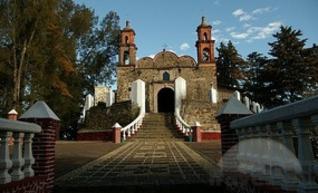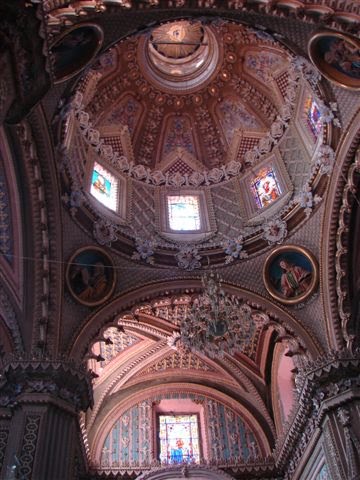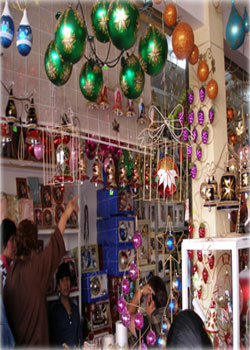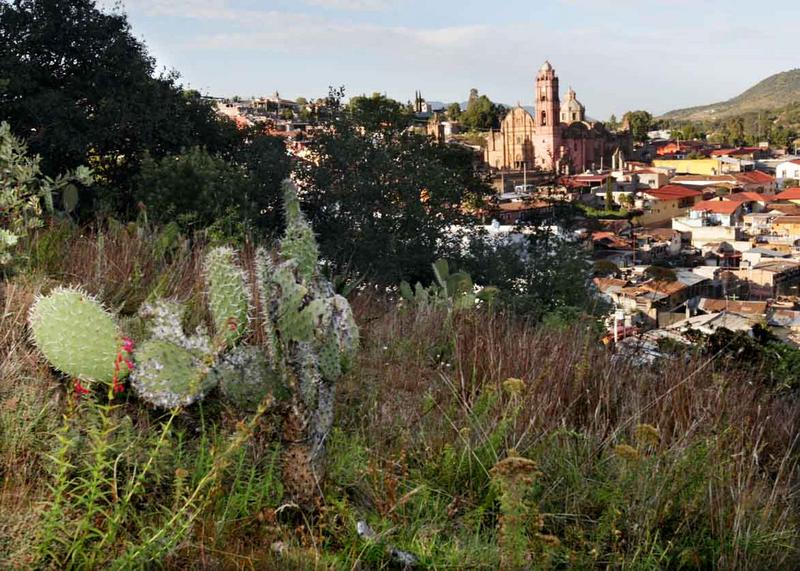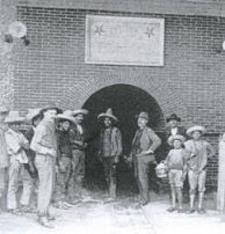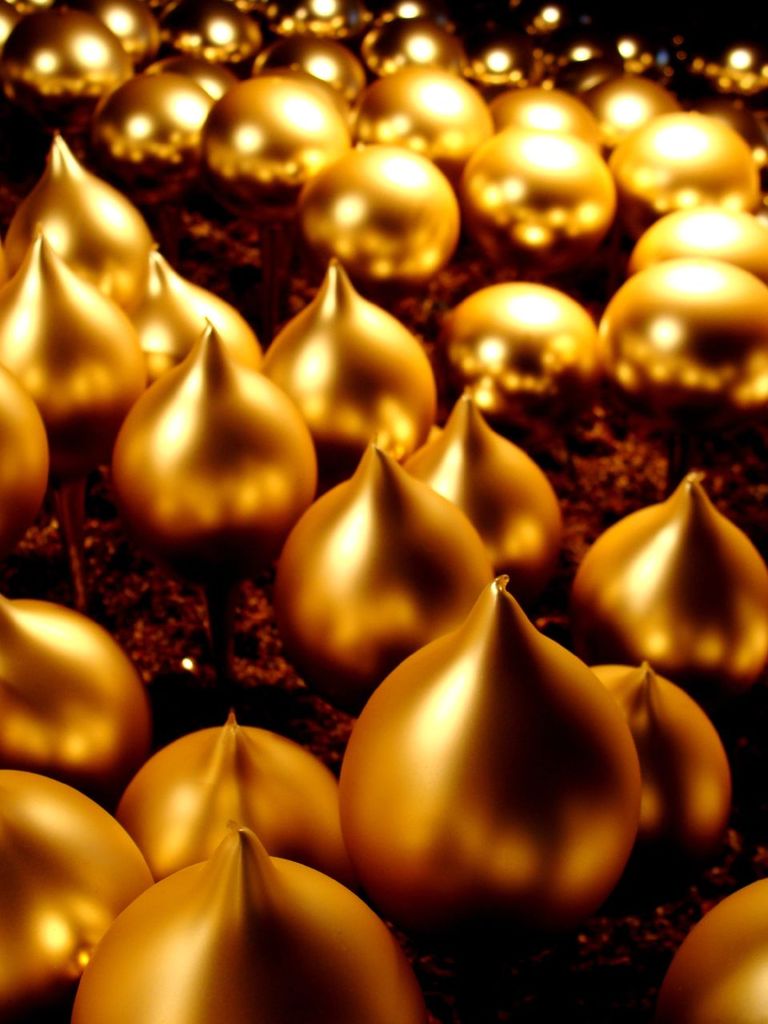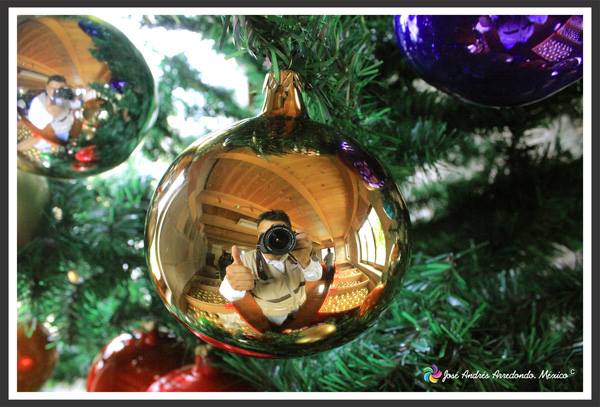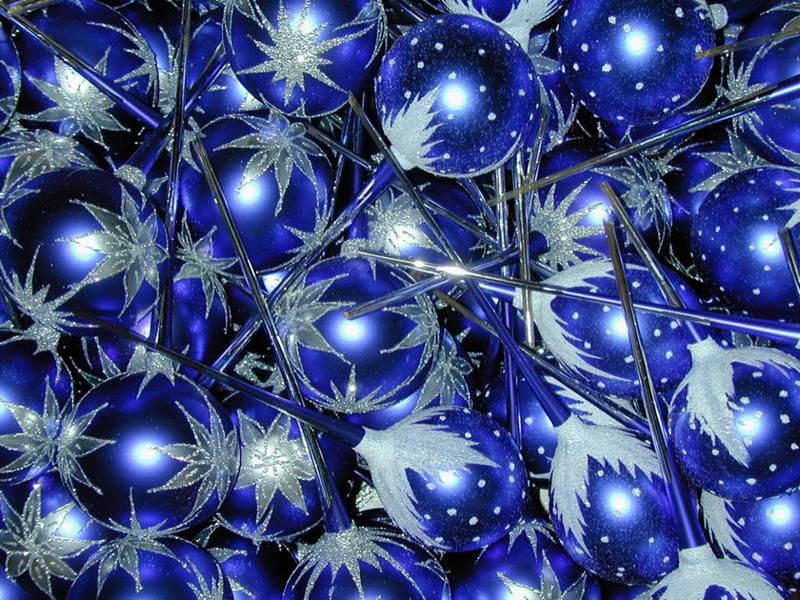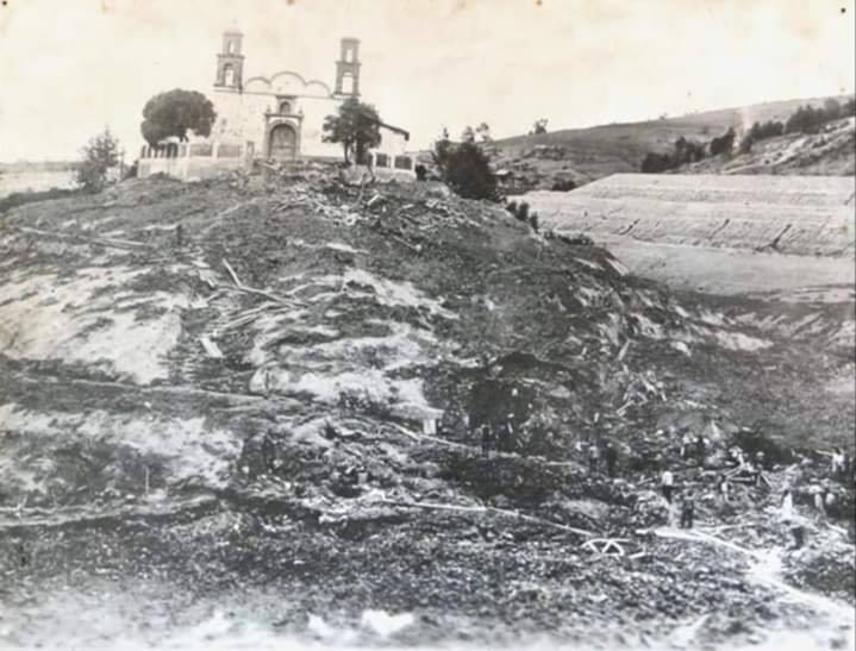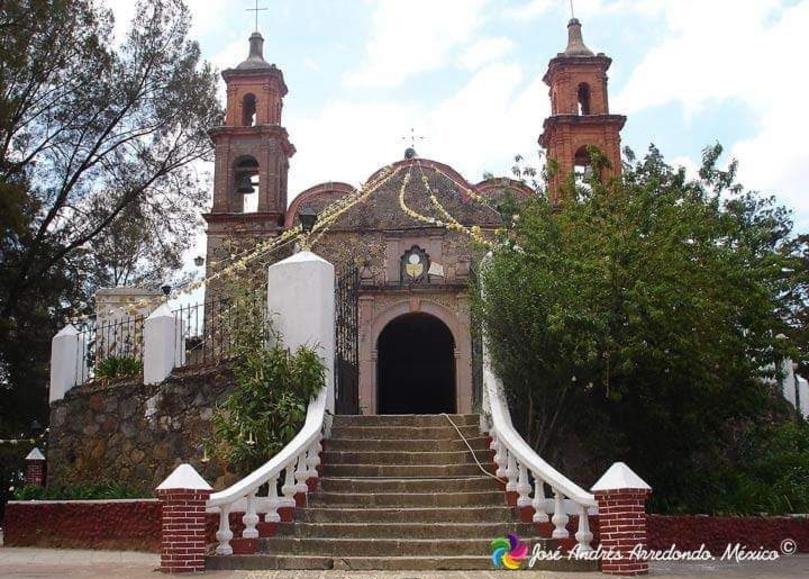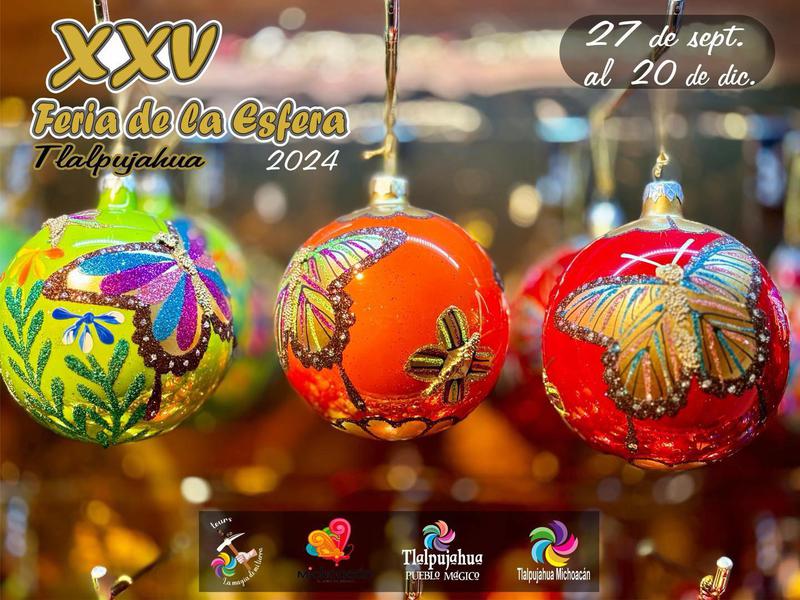 | ||||||

Sponsor
Free
100%
Festival of the Sphere / Feria de la Esfera
Tlalpujahua, is a former mining town, home of the Dos Estrellas Mine, which was the leading producer of gold in the early 20th century. A major landslide of mud and mining debris damaged this mine and buried about one-third of the town in 1937, effectively ending mining.
Tlalpujahua, a Pueblo Magico, offers the 25th annual Christmas Sphere Festival begins September 28 through December 17, 2025.
In the mountainside village of Tlalpujahua, there are approximately 150 blown-glass workshops where crafts are produced. Sixty percent of this craft is exported to different countries, including European and South American, but mostly to the United States and Canada.
The exhibition is at the Municipal Auditorium and is open from 10am to 7pm. There are various cultural activities included in the exhibition.
This page was last updated: December 21, 2025
Tlalpujahua
Tlalpujahua is a town and municipality located in the far northeast of the state of Michoacán in central Mexico. It is a former mining town, home of the Dos Estrellas Mine, which was the leading producer of gold in the early 20th century. A major landslide of mud and mining debris damaged this mine and buried about one-third of the town in 1937, effectively ending mining. In the 1960s, a local by the name of Joaquín Muñoz Orta began making Christmas tree ornaments here. This eventually grew into what is now one of the largest producers of ornaments called Adornos Navideños SA de CV. In addition to this and another factory, there are about 150 small workshops dedicated to making Christmas items, with about 70% of the town’s economy based on it. In 2005, the town, with its narrow stone streets and adobe/stone houses with red tile roofs, was made a Pueblo Mágico as part of its efforts to attract tourism.
Tlalpujahua is one of a number of former mining communities in this area, along with Angangueo and El Oro, Mexico State. What sets it apart is that it has become a major producer of Christmas tree ornaments, especially glass spheres. The industry began with Joaquín Muñoz Orta, who left his hometown with his family in the 1950s to Chicago, where he worked at a factory making artificial Christmas trees. He returned to Mexico in the early 1960s, but since there was still no work in Tlalpujahua, he went to Mexico City where he set up a small Christmas tree workshop with his family. They initially sold the trees in places such as the La Merced Market, but soon after they began to offer blown glass Christmas tree ornaments as well. These were more popular than the trees. By the end of the decade, they decided to move their workshop home to Tlalpujahua, which has since become Adornos Navideños. Today, the company has about 1,000 employees, five plants and fifteen workshops. Its considered the largest such enterprise in Latin America,(esferas) and one of the five largest in the world. Each year, the factory produces about 38 million spheres, 26 million of which are exported.
This is one of two established large factories in the town. In addition, there are about 150 smaller workshops making various kinds of handcrafted Christmas decorations and most families in the area make them on the side at home.Even with large-scale production, creation of the glass spheres is still mostly artisanal, including the blowing of the glass and painting. Handcrafted spheres are blown, usually by men. When cool, the glass spheres are usually taken to be covered in a silver nitrate or similar solution, to give them a metallic look. Colors vary and include red, pink, yellow, blue gold and pearl. The classic ornaments are simple glass spheres but there are over a thousand different models available with shapes such as fruits, Santa Claus, pencils, dolls, snowmen, monkeys and many more. Workshops in the area have over 300 standard designs for the sphere, which include hearts, stars, harlequins, flowers, comets and more. Most of the painters are women. A number of the designs of the glass spheres are unique to the town.The creation of these glass spheres have given the town a reputation. Local authorities see the ornament industry as a way to stem emigration out of the area. The industry employs about 10,000 people, and accounts for about 70% of the town’s economy. According to the Secretary of Economic Development, 50 million ornaments are made each year in the town, with half exported. From November to early December, the seat hosts an annual fair dedicated to Christmas decorations called the Arte Navideño. It exhibits ornaments, trees and other Christmas decorations.
A note from Suzy Wright:
I've been to Tlalpujahua several times and consider it an undiscovered gem. Because it is built climbing up a hill it reminds me somewhat of Taxco. It is a lovely place to visit for a couple of days.
I've stayed at the Posada del Carmen several times and found it adequate. There is a very fancy new hotel just outside of town off of the main highway. I'm sure the rooms are beautiful. Three of us had lunch at the restaurant and while the setting was very nice the service was pretty bad and most of the things on the menu were not available. I had sopa tarasca which did not resemble any sopa tarasca I have ever had before; it basically seemed like pureed beans and nothing more. That was in May so perhaps things have improved since. Sorry but I don't remember the name of this hotel.
Other than this restaurant I have only found two other restaurants in Tlalpujahua. La Terraza is above La Casa de Santa Claus near the center of town. I don't recommend this place as their food is pretty mediocre. The best place I've found for all meals is Restaurante Pueblo Magico on the smaller lower plaza near the bus station. They have a pretty extensive menu and everything I've ever eaten there has been fine.
Near Tlalpujahua is the little town of Santa Maria de los Angeles. If you go through the town and take the road beside the little church you will find yourself in the woods. There are two ceramics factories there. My favorite is Gustavo Colin as it was the blue and white pottery with rings of terra cotta that first made me seek out Tlalpujahua. The other is Estanzuela. They both
have sales rooms with odds and ends of pieces.
The pottery workshop and school at the old mill right on the edge of Tlalpujahua is run by Gustavo Bernal. While much of the work is common some of his individual pieces are true works of art.
In town there is also the gentleman who does beautiful work in straw (popote) and feathers. I hope one day to own one of his crosses. I think his last name is Olay. I know he has been discussed before here so someone will jump in with that information. Another artisan works in wire and papier mache. I know his name is Saul.
The 25th annual Christmas Sphere Festival begins September 27 through December 20, 2024
Christmas Parade
DESFILE NAVIDEÑO
A major landslide on May 27, 1937, left a portion of Tlalpujahua in shambles and ended its golden heyday.
Tlalpujahua is a town located in the far northeast of the state of Michoacán. It is a former mining town, home of the Dos Estrellas Mine, which was the leading producer of gold in the early 20th century. The mining traces its roots back to 538 A.D.
A major landslide of mud and mining debris damaged this mine and buried about one-third of the town in 1937.
Mining continued until 1959, but the nationalization of the mine by President Cardenas in the 1930s led to the demise of the mine and the impoverishment of the town.
In the 1960s, a local by the name of Joaquín Muñoz Orta began making Christmas tree ornaments here. This eventually grew into what is now one of the largest producers of ornaments called Adornos Navideños.
In addition to this and another factory, there are about 150 small workshops dedicated to making Christmas items, with about 70% of the town's economy based on it. In 2005, the town, with its narrow stone streets and adobe/stone houses with red tile roofs, was made a Pueblo Mágico as part of its efforts to attract tourism.
Tlalpujahua -- MAY 27, 1937
TODAY
